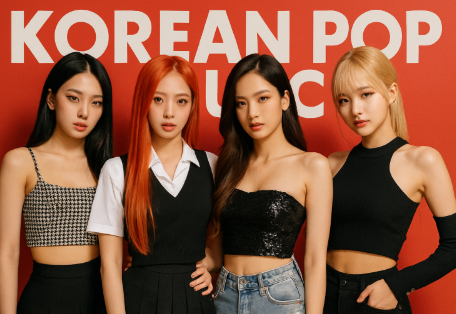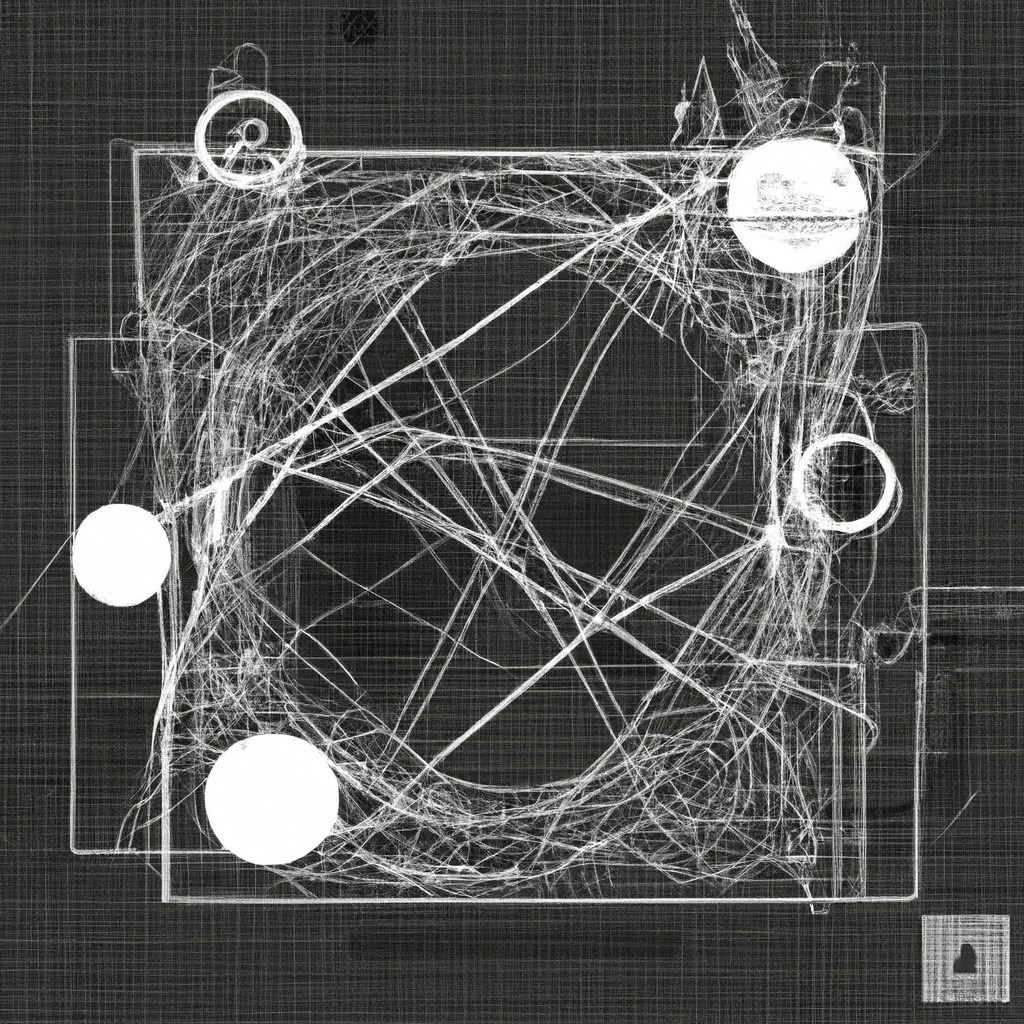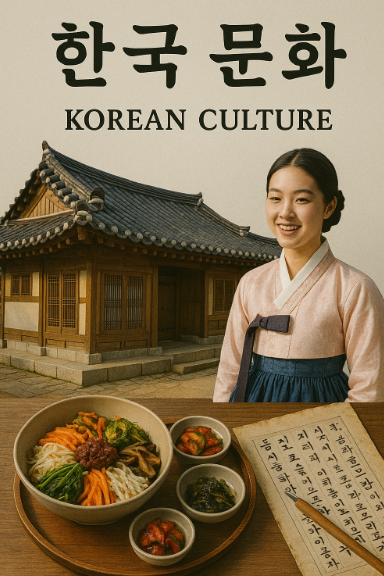Traditional Korean music, known as “gugak,” is a profound expression of Korea’s cultural heritage. It encompasses ancient vocal and instrumental music that has been preserved and evolved over centuries. Understanding gugak allows one to appreciate Korea’s history, social customs, and artistic achievements.
The Evolution of Korean Music
Gugak’s origins trace back to the Three Kingdoms period (57 BC – 668 AD), where it began to develop into a structured form. Over subsequent dynasties, it absorbed influences from neighboring cultures, especially during the Goryeo (918–1392) and Joseon (1392–1910) periods. Despite these influences, Korean music retained a unique identity with distinct scales, melodies, and rhythms. Today, efforts are being made to preserve its authenticity through education and performances.
Main Types of Traditional Korean Music
Traditional Korean music is broadly categorized into “jeongak” and “minsogak.” Jeongak refers to the court music and includes orchestral pieces like “aak,” which were performed at royal ceremonies. Minsogak, or folk music, is characterized by lively and emotive performances at village festivals. This category includes “pansori,” a musical storytelling performance, and “sanjo,” an instrumental solo accompanied by rhythmic patterns on the “janggu” drum.
Instruments Used in Traditional Korean Music
Korean music features a range of unique instruments. The “gayageum,” a zither-like string instrument, is emblematic of Korea’s musical tradition. Wind instruments like the “daegeum,” a large bamboo flute, provide deep, resonant sounds. The “buk,” a drum, and “janggu,” an hourglass-shaped drum, are essential for keeping rhythm. These instruments, each with distinct sounds, contribute to the rich tapestry of gugak.
| Instrument | Type | Description |
|---|---|---|
| Gayageum | String | Traditional zither-like instrument with 12 strings. |
| Daegeum | Wind | Large bamboo flute producing deep tones. |
| Buk | Percussion | Traditional barrel drum used in various genres of music. |
The Cultural Significance of Korean Music
Gugak is not just entertainment but a means of cultural preservation and communication. It carries historical stories, philosophical ideas, and social values. Through music, Koreans express communal values and reinforce social cohesion. Traditional music also complements ceremonies, enhancing their solemnity and depth, highlighting its integral role in Korean life.
Modern Adaptations and Revivals
In recent years, traditional Korean music has seen a revival with contemporary adaptations. Musicians are blending gugak with elements from genres like jazz and pop, making it more accessible to global audiences. Performances at international festivals and collaborations with foreign artists have propelled Korean music onto the world stage, promoting cultural exchange and appreciation.
FAQ
Q1: What is gugak?
A: Gugak is the collective term for traditional Korean music, encompassing court and folk music.
Q2: What is pansori?
A: Pansori is a genre of Korean musical storytelling performed by a singer and a drummer, known for its expressive narratives.
Q3: How has Korean traditional music influenced modern genres?
A: Korean musicians are increasingly blending traditional elements with modern music genres, enriching both gugak and contemporary music scenes.
Summary
- Traditional Korean music, or gugak, encompasses both court and folk music.
- Key instruments include the gayageum, daegeum, and buk.
- Gugak reflects Korea’s history, social values, and cultural identity.
- Recent revivals have introduced gugak to global audiences through modern adaptations.
#Korea #KoreanMusic #TraditionalMusic #Gugak #Gayageum #Pansori #CulturalHeritage #MusicHistory #TraditionalInstruments #Daegeum #Buk #Jeongak #Minsogak #CulturalPreservation #KoreanCulture #MusicFestival #InternationalMusic #FolkMusic #CourtMusic #CulturalExchange #MusicPerformance #CulturalSignificance #MusicalStorytelling #KoreanTraditions #KoreanArt #UNESCO #KoreanCeremonies #ModernAdaptations #WorldMusic #CulturalUnderstanding #CrossCultural


